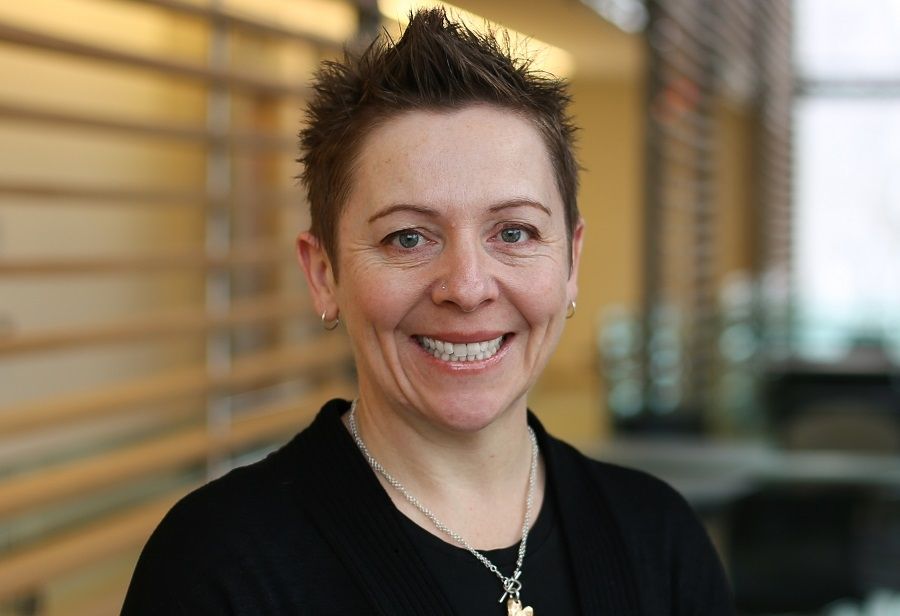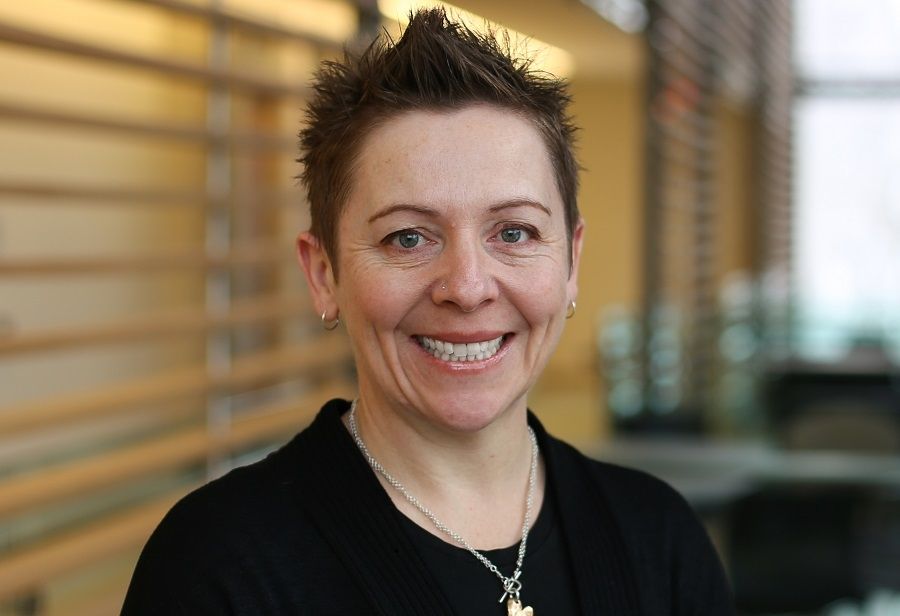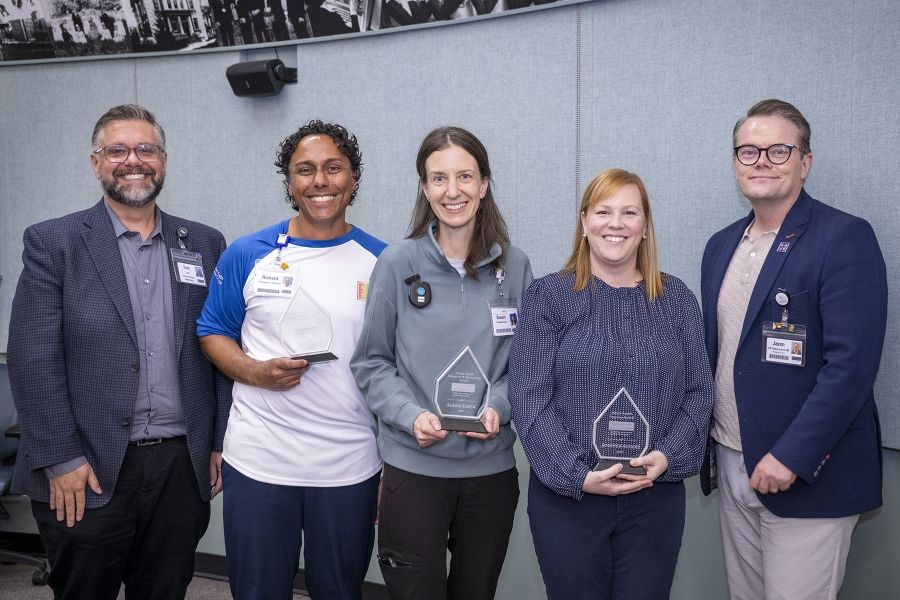
For Dr. Leonie Herx, medical director of Palliative Care at Kingston Health Sciences Centre, the myth she would like to bust the most about people receiving palliative care is that there is no hope for them.
The opposite is true says Dr. Herx, “Palliative care helps people live well and maintain hope as they face the challenges of serious illness – it provides Medical Assistance in Living (MAiL).”
In fact, early integration of palliative care has been shown to improve quality of life, reduce anxiety and depression, reduce caregiver distress, and may even help people to live longer.
“A palliative approach to care should be provided as part of the management of all serious illness – starting soon after diagnosis – but due to the ongoing stigmatization and misunderstanding of palliative care as “end-of-life care,” it is most often only considered as an extra therapy in the last weeks of life,” says Dr. Herx.
Below are 10 busted myths about palliative care, provided by Canadian Virtual Hospice, to help people choose palliative care sooner and embrace life until the very end.
- Myth: Palliative care hastens death.
Fact: Palliative care does not hasten death. It provides comfort and the best quality of life from diagnosis of an advanced illness until the end of life. - Myth: Palliative care is only for people dying of cancer.
Fact: Palliative care can benefit patients and their families from the time of diagnosis of any illness that may shorten life. - Myth: People in palliative care who stop eating die of starvation.
Fact: People with advanced illnesses don’t experience hunger or thirst as healthy people do. People who stop eating die of their illness, not starvation. - Myth: Palliative care is only provided in a hospital.
Fact: Palliative care can be provided wherever the person lives: home, long-term care facility, hospice or hospital. - Myth: We need to protect children from being exposed to death and dying.
Fact: Allowing children to talk about death and dying can help them develop healthy attitudes that can benefit them as adults. Like adults, children also need time to say goodbye to people who are important to them. - Myth: Pain is a part of dying.
Fact: Pain is not always a part of dying. If pain is experienced near end of life, there are many ways it can be alleviated. - Myth: Taking pain medications in palliative care leads to addiction.
Fact: Keeping people comfortable often requires increased doses of pain medication. This is a result of tolerance to medication as the body adjusts, not addiction. - Myth: Morphine is administered to hasten death.
Fact: Appropriate doses of morphine keep patients comfortable but do not hasten death. - Myth: Palliative care means my doctor has given up and there is no hope for me.
Fact: Palliative care ensures the best quality of life for those who have been diagnosed with an advanced illness. Hope becomes less about a cure and more about living life as fully as possible. - Myth: I’ve let my family member down because they didn’t die at home.
Fact: Sometimes the needs of the patient exceed what can be provided at home despite best efforts. Ensuring that the best care is delivered, regardless of the setting, is not a failure.
Gallery


Dr. Leonie Herx, medical director of Palliative Care at Kingston Health Sciences Centre



